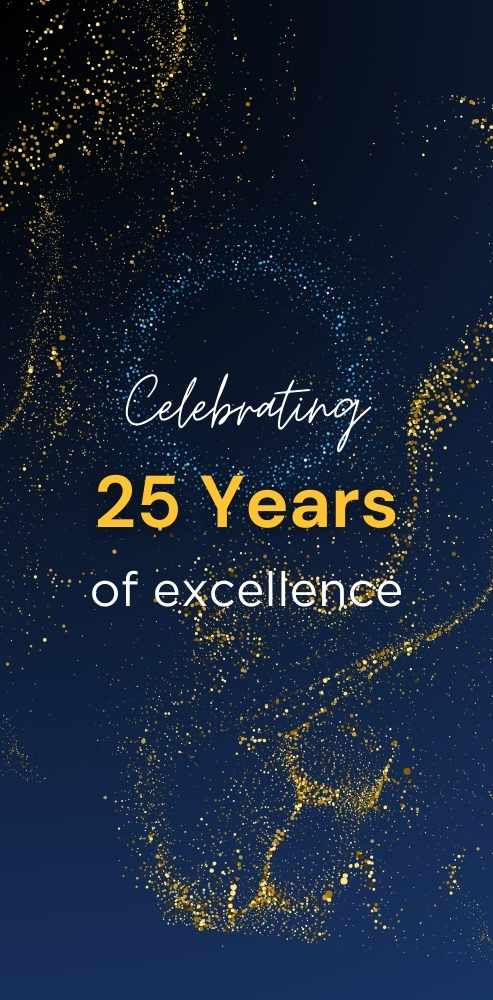Uber and Ola are online transportation network companies. Both these companies operate on a pan India basis, having a network in every major city in India. These companies develop markets and manage the Uber Mobile App, which allows the customer with a smartphone, to submit a trip request, which is then routed to Uber drivers, who use their cars. Fares are calculated according to a formula. Uber and Ola have a minority share in the bills, and the drivers have a majority share. Uber is the largest taxi company, which owns no vehicles. The Present Valuation of Uber is 40 Billion Dollars.
Let’s have a look at some of the core functions of HR in these companies.
General Functions of HR
- To consult with managers and provide guidance and coaching when appropriate.
- To input workforce planning, succession planning, compensation, benchmarking, etc.
- To identify training needs for business units and individual executive coaching needs.
Training and Development:
The HR in these companies provides skill development and driver training to the unskilled. The HR also helps trained drivers receive commercial licenses, vehicle financing, and leasing solutions as well. Uber has launched a unique initiative in partnership with Maruti Suzuki and National Skill Development Corporation, for creating livelihood opportunities for around one million people by 2018.
Performance Appraisal:
The HR in these companies usually depends on the customer’s feedback to a large extent. Feedbacks are taken from customers about drivers. If feedback is found to be positive and productive, it needs to be delivered and recorded in real time. Customers are generally asked to rate the drivers and the service provided by the drivers after their ride. Frequently, it has been observed that there are three main performance metrics, namely: the driver’s rating, how many rides the driver accepts and how many times a driver cancel a trip. Uber provides incentives in the form of business grants to the drivers for accomplishing a particular target.
Recruitment:
Recruitment has two major sections: the recruitment of drivers and hiring of office employees.
For getting recruited as a driver, the following conditions must be met
Car’s documents such as insurance, finance receipt, etc., owner’s documents such as photographs, photo ID, address proof, driving license, and background check certificate (the company generally provides these). The vehicle should be free from any dents and patches. A savings A/C should be opened in the name of the driver, where the money will be transferred on a particular day in a week. The drivers need to get a mobile phone, which will be registered with Uber. Customers will contact the driver in this number.
Recruiting an employee; for white-collar employees a preliminary Skype interview generally happens. Uber interviews are usually more extended and complicated. Brain teasers usually are not asked; instead, the focus is on real-world scenarios. The focus is mostly on creative and analytical tests.
Benefits to Employees:
The gamut of interests in both these companies include Insurance (health, life, disability, dental and vision insurance), Retirement Plans and stock options, maternity leave, flexible working hours, gym membership, free meals, pension plans, retirement plans, performance bonus, work from home, flexible hours, unpaid extended leave vacation & time off, paid time off, sick leave, bereavement leave, company car professional support, diversity program, job training & tuition, apprenticeship program.
Uber is now working overtime to give return to the investment by various stakeholders of the company. The company is spending a massive amount of money on recruiting new talents in their offices and giving bonuses to the drivers. So the role of an HR Manager in a company like this is very challenging. He has to come up with strategies to help align with the goal of generating profits and at the same time ensure that all the staff of the company including the drivers are happy.









